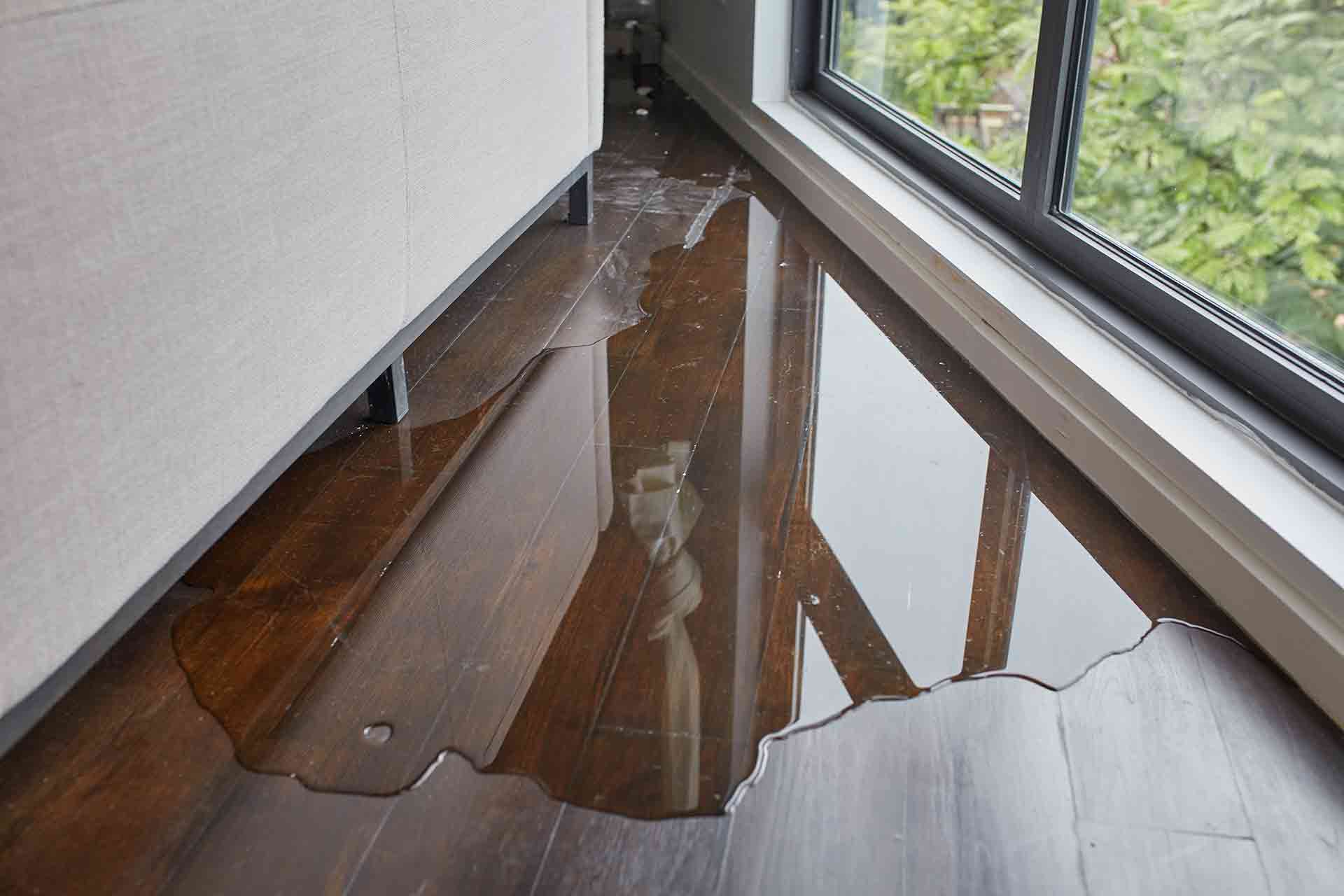How to Stop Water Damage in Your Bathroom
How to Stop Water Damage in Your Bathroom
Blog Article
Each person may have his or her own piece of advice when it comes to How to Repair and Prevent Bathroom Water Damage.

The bathroom is extremely at risk for wet build-up as well as possible water damages because of the frequent use of water in it. This write-up uses basic evaluation strategies to aid discovering water damage hazards.
The constant use water in the restroom makes it extremely at risk for damp build-up and possible water damage. By inspecting it regularly, you can minimize water associated damages.
The adhering to set of inspections is very easy to do and need to be done when in every three months in order to maintain your restroom healthy as well as to prevent possible water damages brought on by the tub, the shower, pipe joints and also plumbing, sinks, cabinets, and also the bathroom
Do not neglect doing these evaluations and also be extensive while performing them. Bear in mind that these simple assessments can save you a great deal of money by giving early signs for water damage
Sinks and also Cabinets
Sinks and closets are exposed to dampness and moisture daily as well as are often neglected. Evaluate frequently under the sink and also on the countertop over it. Repair any type of drip in the catch as it may recommend drain issues. Check out the sink, slow draining pipes might indicate a blocked drainpipe. Replace sink seals if they are split or loosened.
Bathtub as well as Shower
The shower and also tub require special focus and also maintenance. Inspect the floor tiles and change if fractured. Make sure that there is no missing cement in between the tiles. Check and also replace broken caulking at joints where the wall surfaces fulfill the floor or the tub. Blocked drains pipes and pipes issues will certainly prevent the bathtub from drying and also might indicate major issues under the bathtub. Consult with an expert promptly to stop structural damage. Take note of stainings or soft locations around the bath tub wall surfaces as they may indicate an interior leak.
Plumbing
Signs for water damages are tough to identify since most pipes are set up inside the wall surfaces.
Pay unique focus to floor covering and also wall surfaces dampness and stains as they may indicate an unnoticeable plumbing issue. Inspect wetness levels in adjoining spaces also.
The Bathroom
The bathroom is a prone water joint. Examine the water lines and also look for leakages around the bathroom seat, in the pipe, and also under the water storage tank. If you find any kind of indicators of dampness on the flooring around the bathroom, check for leaks in the toilet rim and tank seals.
Be aware that hanging toilet bowl antiperspirants raises the opportunities for obstructions.
TIPS TO PREVENT WATER DAMAGE IN THE BATHROOM
The average household uses approximately 80-100 gallons of water per person per day. For a family of 4, that's almost 2,500 gallons of water a week! The largest portion of this consumption comes from bathroom use. Flushing the toilet uses the most water, followed by taking a shower or bath. With that much water running through the home, water damage in the bathroom is bound to happen. Knowing how to spot signs of a water leak is essential to preventing long-term damage. This guide provides you with tips to reduce the impact of water damage on your bathroom.
CAUSES OF BATHROOM WATER DAMAGE
Pipe breaks are the most common cause of water damage we see in our daily jobs. The age of a pipe plays a large role in a pipe break as well as corrosion. Over time, the metal begins to break down, allowing water to escape. Frozen pipe breaks are also a concern in the winter months. Toilet overflows caused by paper products or children flushing inappropriate items. Degraded caulking around the toilet or bathtub can allow water seepage, sometimes behind the fixture, into the subfloor or walls. Condensation forms when the water in a pipe is cooler than the air temperature. Beads of water form on the exterior of the pipes, sometimes so much so that the water begins to drip and pool below. Sink or shower backups created by poor drainage. HOW TO PREVENT WATER DAMAGE IN YOUR BATHROOM
Inspect your toilet supply line for worn or frayed hoses and replace them as needed. Winterize your plumbing to prevent a frozen pipe break. Use vent fans to prevent condensation that can lead to mold growth. Routinely check and replace degraded caulking around your toilet or bathtub. Increase the temperature in your toilet tank and insulate your pipes during the warm summer months to keep condensation from forming. Use child safety locks on the toilets. Flush only toilet paper. "Flushable" wet wipes are actually not good for your plumbing system. Additionally, feminine hygiene products should not be flushed. Prevent water from escaping the tub or shower. Make sure shower curtains are in good condition. Inspect shower doors and replace the seal strip if necessary. Wipe up any water that accumulates on the floor and use bath mats. Water left to sit can cause damage to the tiles and flooring. Refrain from using bath products containing heavy oils to avoid a clogged drain.

I'm just very taken with Preventing Water Damage in the Bathroom and I am hoping you appreciated our post. Enjoyed reading our piece of writing? Please share it. Let others find it. We value reading our article about Common Causes of Water Damage in a Bathroom.
Article Report this page